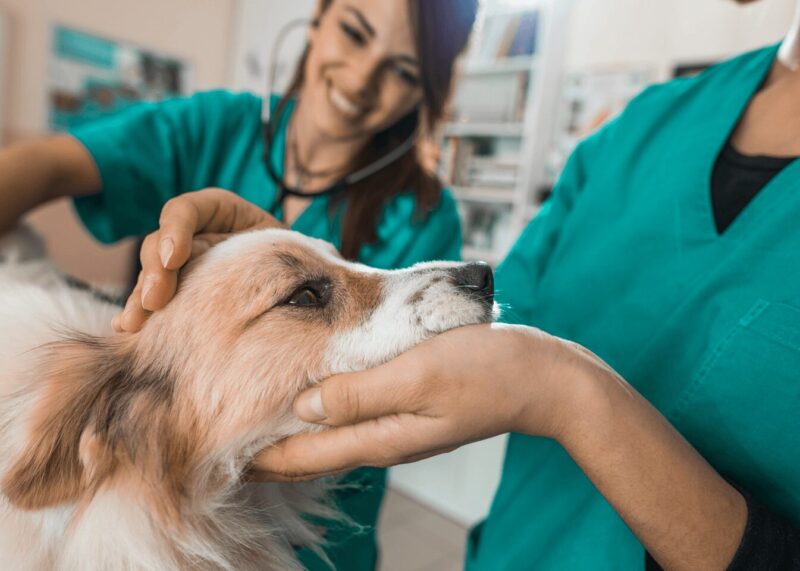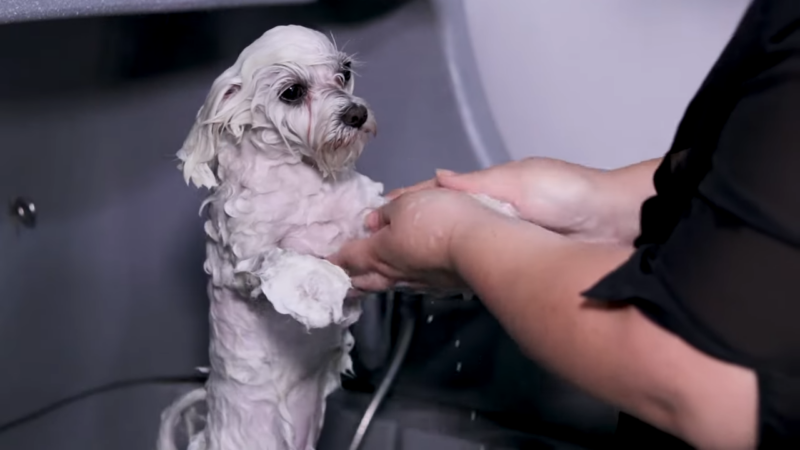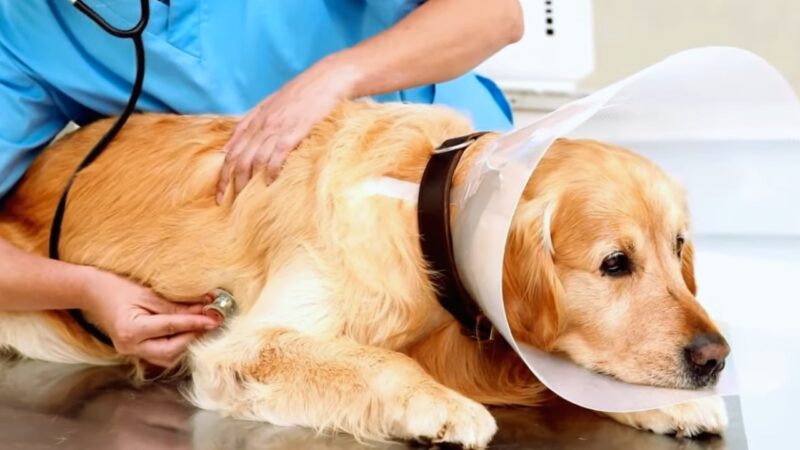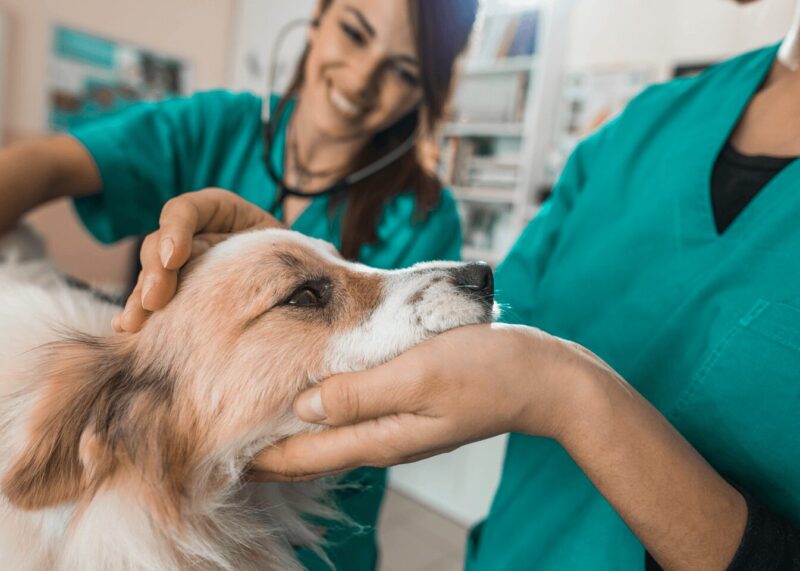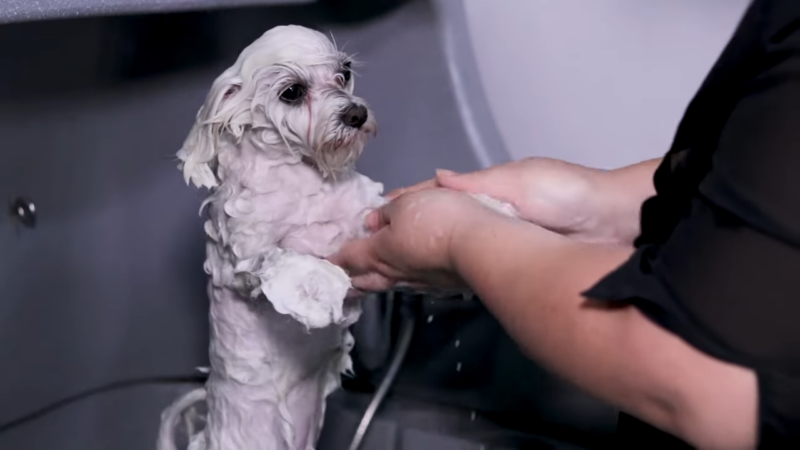
-
 Stefan Mihajlovic
Stefan Mihajlovic
- Published:
- Updated: March 12, 2024
- Category: Dog Specific Care, Medication and Treatments, Pet Health and Care
Share Post:
Today, we’ll delve into a topic many pet owners find intriguing and even concerning – black gums in dogs. As a veterinarian, I frequently encounter pet owners asking, “Why does my dog have black gums?” If you’re one of them, you’re in the right place. I’ll guide you through this topic, with a focus on its causes, implications, and possible treatments.
The Nature of a Dog’s Gums
Your dog’s gums, technically referred to as gingiva, play a crucial role in oral health. Acting as a barrier, they protect your pet’s underlying structures, such as the jaw bones and roots of the teeth. The color of the gums can give you a peek into your dog’s health status – pink is generally healthy, but what about black?
1. Gum Pigmentation
Dogs, like humans, have melanocytes – cells responsible for pigmentation. These cells are found throughout the body, including in the gums. A dog’s gums may be black due to a natural deposition of melanin, a pigment produced by melanocytes. This is especially common in certain breeds.
2. Breed-Specific Gum Colors
Certain breeds, like Chows, Miniature Schnauzers, and Malteses, have black spots or entirely black gums as a breed characteristic. This natural pigmentation isn’t a cause for concern and is as normal as the variation in human skin color.
3. Changes in Gum Color
If your dog’s gums have always been pink and are now turning black, or if black spots are growing or changing shape, this could signal a problem. However, a slow, gradual color change over several years is usually nothing to worry about.
Oral Melanotic Macules
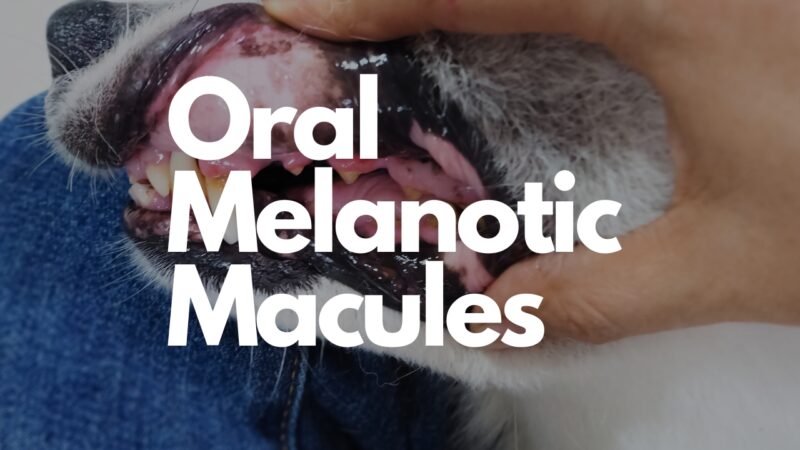
Oral Melanotic Macules are a common cause of black gums in dogs. They’re like freckles, and while they may seem alarming, they’re usually harmless.
What Are Melanotic Macules?
These are flat, brown-to-black spots found on the gums or inner cheeks of your pet. They’re often benign, resulting from increased deposition of melanin.
Diagnosis and Treatment
A vet will generally perform a biopsy to confirm the diagnosis. If it’s benign, no treatment is necessary. However, regular check-ups are recommended to monitor any changes.
When to Worry?
If you notice rapid changes in the size, shape, or color of these spots, consult a vet immediately. It’s always better to be safe when it comes to potential oral diseases.
Dental Health and Gum Diseases
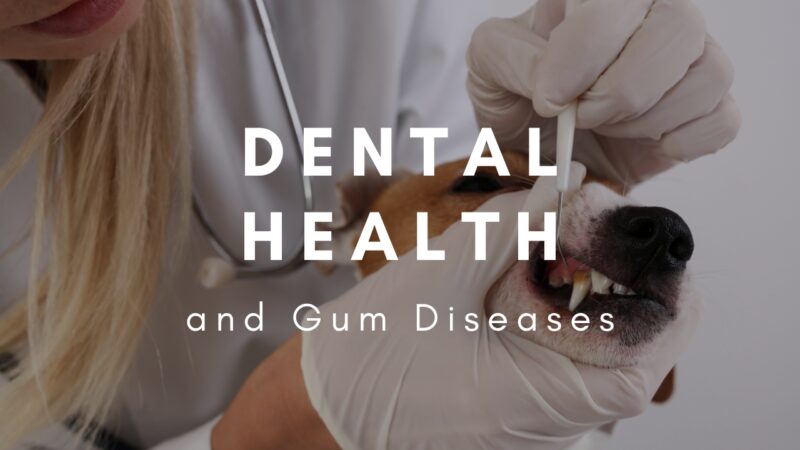
Like in humans, dental health in dogs is crucial. Poor dental hygiene can lead to a variety of problems, including gum disease, which could cause black gums.
Periodontal Disease
This is a common disease in dogs, especially as they age. Plaque builds up, hardens into tartar, and causes inflammation, known as gingivitis. Left untreated, this can develop into periodontal disease, leading to blackened gums.
Preventing Dental Diseases
- Regular Brushing: Make sure you brush your dog’s teeth regularly using dog-safe toothpaste.
- Dental Treats: These can help keep your dog’s mouth clean by reducing plaque and tartar build-up.
- Regular Check-ups: Vets can spot signs of dental problems early on and provide appropriate treatments.
Professional Treatment
If your dog has advanced periodontal disease, it might need professional treatment. This can include deep cleaning, tooth extraction, or in severe cases, surgery.
Oral Melanoma
This is a serious condition that could cause black gums in dogs. It’s important to catch it early for the best chance at successful treatment.
- Understanding Oral Melanoma: This is a form of cancer that starts in the melanocytes, the cells that produce pigment. Oral melanoma can be aggressive and often appears as a dark mass on the gums.
- Symptoms and Diagnosis: Symptoms include swelling, loss of appetite, and difficulty eating. Your vet can perform tests like biopsies, X-rays, and CT scans to confirm the diagnosis.
- Treatment Options: Treatment usually involves surgery to remove the tumor. Radiation therapy, chemotherapy, or immunotherapy may also be recommended based on the severity and spread of the disease.
Autoimmune Disorders and Black Gums
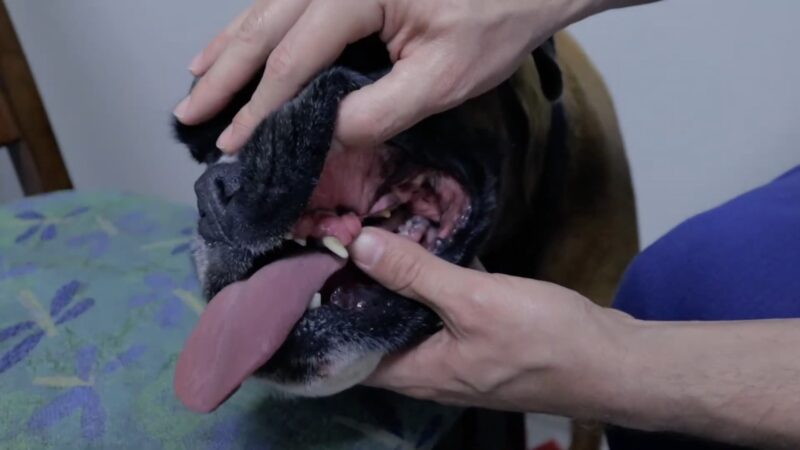
In certain cases, black gums could be a result of autoimmune disorders. Let’s discuss these conditions and how they affect your pet’s oral health.
Autoimmune Disorders
These occur when your dog’s immune system mistakenly attacks its own body. Conditions like systemic lupus erythematosus can affect various systems in the body, including the oral cavity, leading to gum discoloration.
Symptoms and Diagnosis
Aside from black gums, you may notice other signs, such as ulcers in the mouth, fatigue, or a decrease in appetite. Veterinarians typically diagnose autoimmune disorders through blood tests and biopsies.
Treatment and Management
While there’s no cure for autoimmune diseases, the symptoms can be managed with medications to suppress the immune response. Regular vet visits are crucial for monitoring your dog’s condition and adjusting the treatment plan as necessary.
Gum Disease Progression and Black Gums
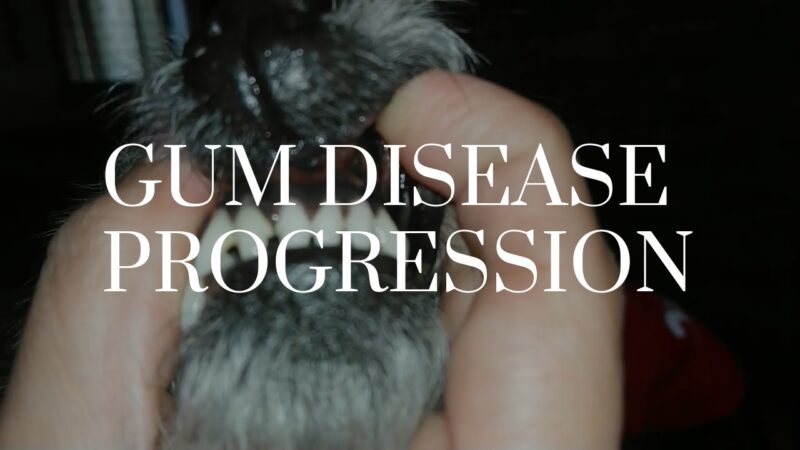
Gum disease can progress unnoticed in its early stages but may lead to severe complications, including black gums if left untreated.
- Progression of Gum Disease: As mentioned earlier, gum disease starts with plaque and tartar build-up. If not addressed, it can lead to periodontal disease, which causes the gums to recede and turn black.
- Complications of Advanced Gum Disease: In severe cases, the gums may bleed, and your dog could lose its teeth. Additionally, bacteria from the mouth can enter the bloodstream and affect other organs like the heart and kidneys.
- Importance of Early Detection: Regular dental check-ups can detect gum disease in its early stages, preventing the progression and associated complications. Make sure to schedule periodic vet visits and maintain a daily dental hygiene routine for your dog.
Medication Side Effects
Some medications your dog may take for other health issues could also lead to black gums.
- Medication-induced Pigmentation: Certain drugs, such as minocycline (an antibiotic), can cause a harmless side effect called hyperpigmentation, leading to black gums.
- Consulting Your Vet: If your dog is on medication and you notice changes in their gum color, inform your vet. They will assess whether the benefits of the medication outweigh the side effects or if an alternative treatment is available.
- Weighing the Pros and Cons: Keep in mind that such pigmentation caused by medications is typically harmless, and stopping a necessary treatment could have more serious health implications.
Trauma to the Gums
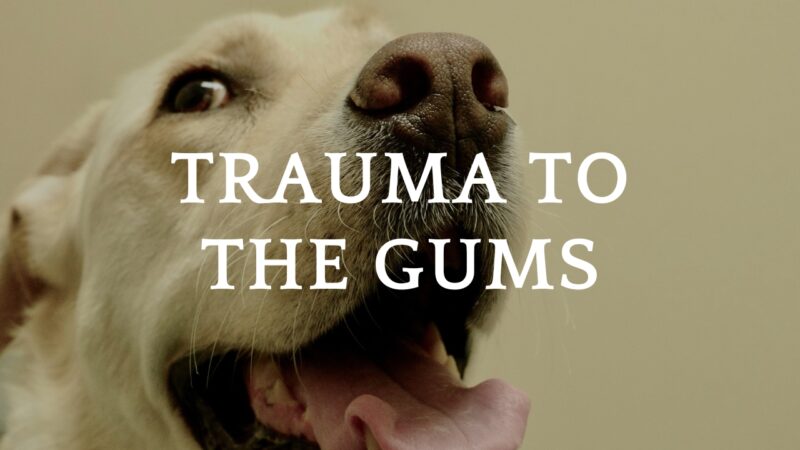
Injuries to your dog’s mouth can also cause discoloration.
- Gum Trauma: If your dog chews on hard objects, fights with other dogs, or has a rough play session, it could injure their gums. This trauma can lead to bleeding and, subsequently, black gums.
- Healing Process: During healing, the gums might appear darker due to the formation of a blood clot or scar tissue.
- Prevention and Treatment: Supervise your dog’s play and discourage chewing on hard objects. If your dog experiences oral trauma, consult your vet. They may prescribe medication to ease pain and prevent infection.
Age-Related Gum Changes
As your dog ages, you might notice changes in its gum color.
- Aging and Black Gums: It’s not uncommon for an older dog’s gums to darken. This is usually a natural process, much like graying hair in humans.
- Differentiating Normal Aging Changes from Disease: While black gums can be a natural part of aging, they can also indicate underlying health issues. Regular vet check-ups can help differentiate between the two.
- Senior Dog Care: Maintaining good oral hygiene becomes even more essential for senior dogs. Regular brushing, an appropriate diet, and frequent vet check-ups can help your older pet maintain good oral health.
The Bottom Line
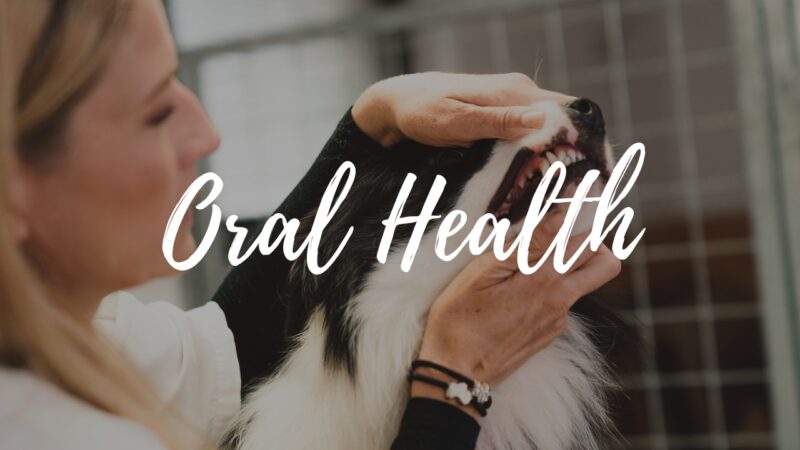
While black gums in dogs can be a natural and benign phenomenon, it’s important to keep a vigilant eye on any changes in their oral health.
- Natural Pigmentation: Many dogs have naturally black gums due to breed characteristics or individual genetic traits. This is completely normal and not a cause for concern.
- Monitor Changes: Keep a close eye on your dog’s mouth. If you notice sudden changes in color, shape, or size of black spots, or if there are other signs of discomfort, it’s best to consult a vet.
- Maintain Oral Hygiene: A big part of ensuring your dog’s health is maintaining proper dental care. Regular brushing, appropriate food and treats, and periodic vet check-ups can go a long way in preventing potential issues.
Final Words
Always remember that you know your dog best. If something seems off, it probably is. Regularly examining your dog’s mouth can catch changes early on and possibly prevent serious health issues down the line. With the right care and attention, your furry friend can continue to flash a healthy, happy smile!
Many dog owners wonder about the reasons behind their furry friend’s pink skin and seek a comprehensive guide to understand this phenomenon.
Related Posts:


